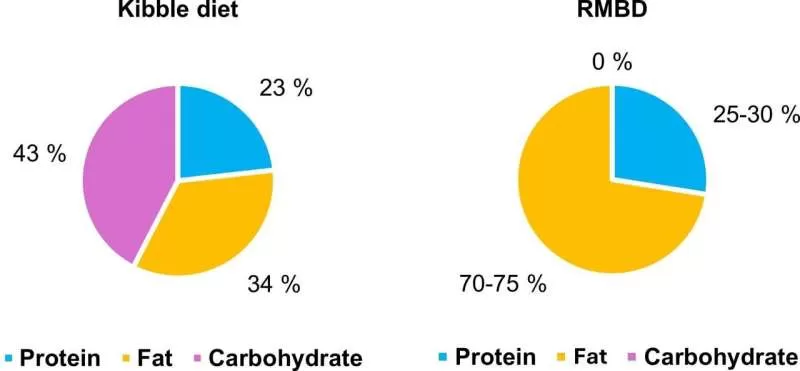Beyond Chaos: Unlocking the Ordered Secrets of Lignin, Nature's Unsung Hero
Share- Nishadil
- October 22, 2025
- 0 Comments
- 3 minutes read
- 26 Views

New Research Shatters Old Beliefs: Lignin, Nature's Complex Polymer, Reveals Hidden Order
New research has overturned decades of scientific consensus, revealing that lignin, the complex polymer providing plants with rigidity, possesses a surprising degree of structural order rather than being a random mess. This discovery holds immense implications for advancing biofuel production and developing novel sustainable materials.
For decades, scientists viewed lignin, the complex polymer that gives plants their rigidity, as a haphazard, chaotic mess – a jumbled array of molecular building blocks thrown together without rhyme or reason. This perception has profoundly influenced our efforts to break down biomass for biofuels and create new sustainable materials.
However, groundbreaking new research is challenging this long-held belief, revealing a surprising degree of order within lignin's intricate structure, much to the astonishment of the scientific community.
This paradigm-shifting discovery overturns previous assumptions, suggesting that lignin isn't merely a random tangle but possesses an underlying architectural elegance.
The implications are vast, promising to revolutionize our understanding of how plants grow, how we process them, and how we might harness their incredible potential more efficiently. Imagine a future where unlocking plant-based resources for energy and products becomes significantly more straightforward, all thanks to a deeper appreciation of lignin's true nature.
Researchers, employing cutting-edge analytical techniques, have begun to map out recurring patterns and preferred bonding arrangements within the lignin polymer.
This new insight indicates that while the overall structure appears amorphous, there are specific, predictable ways in which its constituent units, called monolignols, link together. It's akin to finding hidden symmetries in what was once thought to be a purely abstract painting – the beauty and logic were always there, just waiting to be deciphered.
The traditional view of lignin's 'randomness' arose from its complex synthesis in plants, where various enzymes catalyze the formation of different types of linkages.
This complexity made direct structural elucidation incredibly challenging. However, advancements in techniques like solid-state NMR spectroscopy, advanced mass spectrometry, and computational modeling have finally provided the tools necessary to peer into lignin's molecular labyrinth with unprecedented clarity.
This shift in understanding is not merely an academic curiosity; it has profound practical consequences.
For instance, in the realm of biofuels, the 'random' nature of lignin has been a major obstacle. Its resistance to breakdown makes it difficult to extract valuable cellulose and hemicellulose sugars, requiring harsh chemical treatments that are energy-intensive and costly. A more ordered understanding of lignin could pave the way for targeted, gentler, and more efficient methods of deconstruction, significantly reducing the cost of producing sustainable fuels.
Beyond biofuels, the revelation of lignin's inherent order could unlock its potential as a renewable source for a wide range of advanced materials.
Currently, much of the lignin produced as a byproduct of paper manufacturing is simply burned. But if we can predict and control its molecular architecture, lignin could become a foundational component for innovative bioplastics, carbon fibers, high-performance adhesives, and other eco-friendly products, reducing our reliance on fossil-based resources.
This exciting research represents a significant leap forward in our quest to understand and utilize the most abundant natural polymer on Earth after cellulose.
It reminds us that even in the most familiar aspects of nature, there are always deeper layers of complexity and order waiting to be discovered. As scientists continue to unravel lignin's structured secrets, we stand on the precipice of a new era for sustainable chemistry and materials science, all powered by the remarkable intelligence hidden within plants.
.Disclaimer: This article was generated in part using artificial intelligence and may contain errors or omissions. The content is provided for informational purposes only and does not constitute professional advice. We makes no representations or warranties regarding its accuracy, completeness, or reliability. Readers are advised to verify the information independently before relying on







